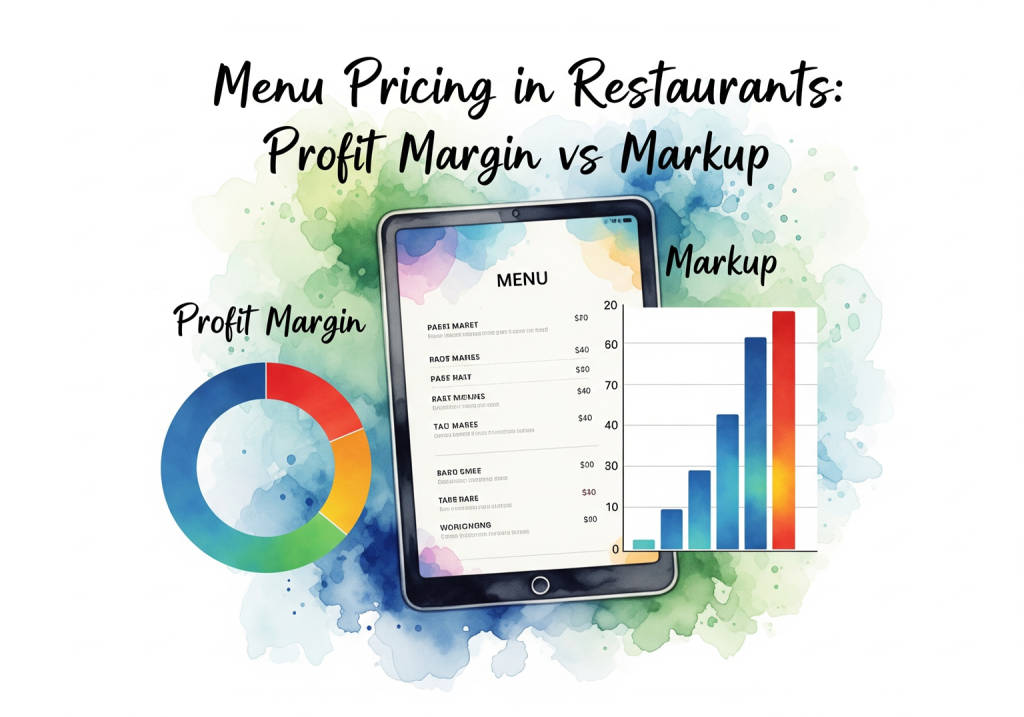Introduction:
Menu planning is a critical aspect of running a successful restaurant business, and leveraging data can significantly enhance your decision-making process. By adopting a data-driven approach to menu planning, you can gain valuable insights into customer preferences, track performance, and optimize your offerings for profitability. In this blog post, we will explore the benefits of data-driven menu planning and provide actionable steps to help you harness the power of data in optimizing your menu.
Collecting and Analyzing Customer Data:
Start by collecting customer data through various channels such as loyalty programs, reservation systems, online ordering platforms, and feedback surveys. Analyze this data to gain insights into customer preferences, popular dishes, and ordering patterns. Look for trends and patterns that can inform your menu decisions, such as which items have high demand, which ingredients are most popular, and what dietary preferences are common among your customers.
Tracking Menu Item Performance:
Implement a robust tracking system to monitor the performance of your menu items. Analyze sales data to identify best-sellers, low-performing items, and seasonal variations. Look for opportunities to optimize your menu by highlighting top-performing dishes, introducing variations of popular items, or revamping underperforming options. Regularly review and update your menu based on the data insights to maximize profitability.
Utilizing POS System Analytics:
Leverage your Point of Sale (POS) system analytics to gain valuable information about customer behavior, sales trends, and menu item performance. POS analytics can provide data on average ticket sizes, peak hours, popular add-ons, and customer preferences. Use this data to make informed decisions about pricing, portion sizes, and menu engineering. Adjust your menu offerings based on the insights to meet customer expectations and increase revenue.
Incorporating Seasonality and Trend Analysis:
Analyze seasonal trends and market research to identify emerging food trends and consumer preferences. Consider incorporating seasonal ingredients, limited-time specials, or themed menu items to align with current trends and create a sense of novelty for customers. Data-driven insights on seasonality and trends can help you stay ahead of the competition and cater to evolving customer demands.
Pricing Optimization:
Use data analysis to optimize your menu pricing strategy. Consider factors such as ingredient costs, profit margins, and competitive pricing. Analyze customer preferences and willingness to pay for certain items or experiences. Experiment with different pricing models, such as dynamic pricing, bundling, or menu engineering techniques, to maximize profitability while maintaining value perception for customers.
Menu Design and Layout Testing:
Utilize data-driven A/B testing to evaluate the effectiveness of menu designs and layouts. Test different menu formats, item placements, font styles, and colors to determine the most visually appealing and user-friendly design. Analyze customer behavior, ordering patterns, and sales data to assess the impact of each design variation. Optimize your menu layout based on data-driven insights to guide customers towards profitable items and enhance their overall experience.
Incorporating Customer Feedback:
Actively seek and incorporate customer feedback into your menu planning process. Encourage customers to provide feedback through surveys, comment cards, or online platforms. Analyze their suggestions, preferences, and complaints to identify areas for improvement or new menu opportunities. Engaging with your customers and responding to their feedback fosters loyalty and ensures that your menu meets their expectations.
Conclusion:
Data-driven menu planning offers significant advantages for optimizing your restaurant’s offerings and maximizing profitability. By collecting and analyzing customer data, tracking menu item performance, utilizing POS system analytics, incorporating seasonality and trend analysis, optimizing pricing, testing menu designs, and incorporating customer feedback, you can make informed decisions that align with customer preferences and drive success. Embrace the power of data in menu planning, and continuously evaluate and adapt your approach based on the insights gained. By harnessing the potential of data, you can create a menu that not only delights your customers but also drives revenue and sets your restaurant apart from the competition. Embrace the data-driven mindset and watch your menu become a key driver of success in your F&B business.



